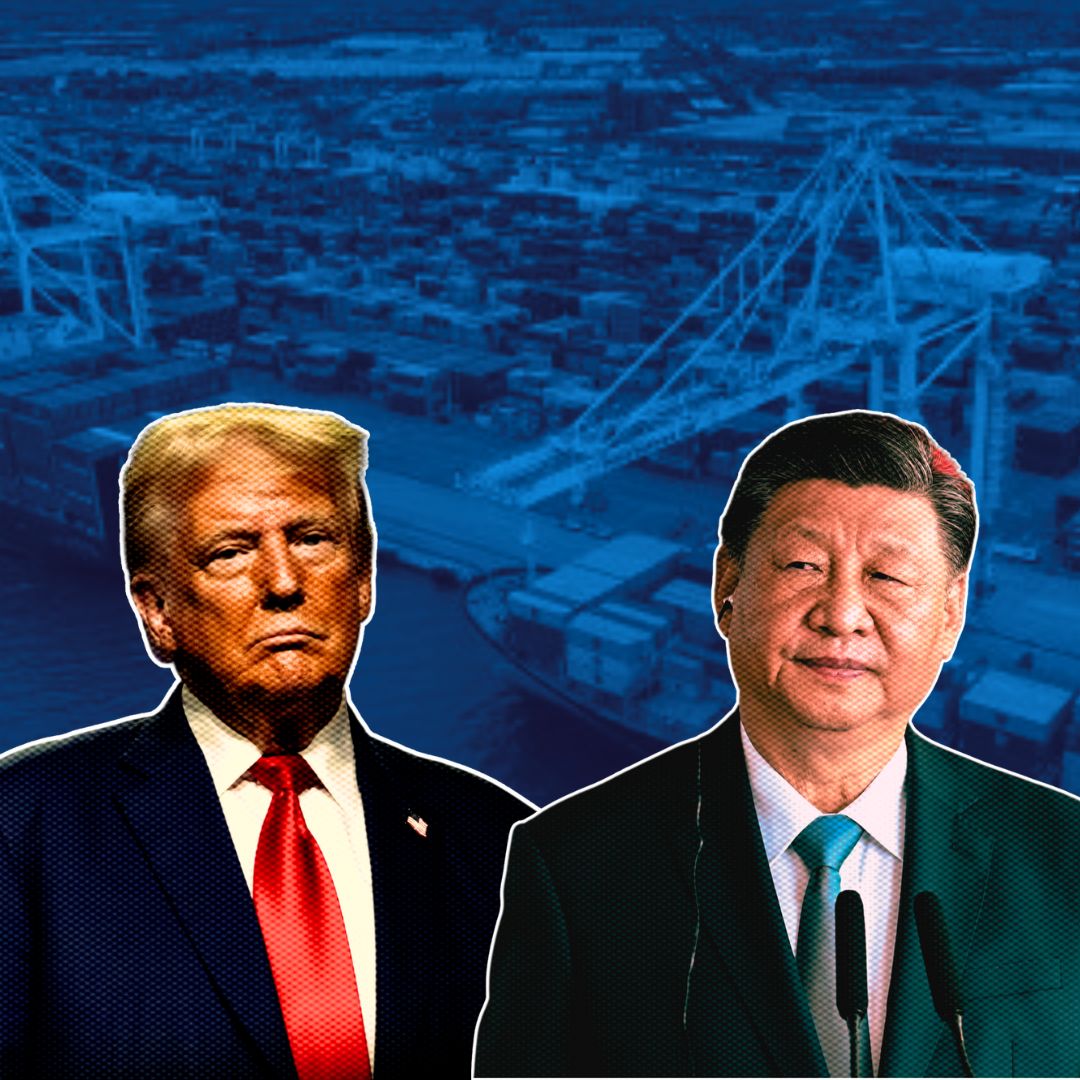China has significantly escalated its trade tensions with the United States by imposing a 34% tariff on all U.S. goods, effective April 10, 2025. This move is a direct response to President Donald Trump’s recent tariffs on Chinese products, which cumulatively total 54%.
Additionally, China has restricted the export of certain rare earth elements to the U.S. and added 16 American entities to its export control list, along with placing 11 firms on its “unreliable entity” list. The Chinese government emphasized that these measures are aimed at protecting national security and interests. The U.S. and China are engaged in a deepening trade conflict, with both nations imposing reciprocal tariffs and export controls.
Economic Impact and Reactions
The tariffs and export restrictions are expected to significantly impact global markets, affecting approximately $500 billion in trade between the two nations. China’s Ministry of Finance announced the tariffs as a reciprocal measure to Trump’s actions, which were described as “inconsistent with international trade regulations” by China’s State Council Tariff Commission.
The restrictions on rare earth elements, crucial for high-tech manufacturing, further complicate the trade landscape. President Trump has not publicly commented on China’s response, but the situation highlights the escalating tensions between the world’s two largest economies, with both sides adopting aggressive stances in the trade war.
Global stock markets have reacted negatively, with significant declines in the U.S., Europe, and Japan. Analysts predict that these measures could lead to higher prices for consumers and reduced economic growth in both countries.
Historical Context and Escalation
The current trade conflict between the U.S. and China has been intensifying over the past few years, with both countries imposing tariffs and countermeasures. The tensions began in 2018 when Trump introduced tariffs on Chinese goods, citing concerns over intellectual property theft and trade imbalances.
China responded with targeted tariffs on U.S. agricultural products and energy resources. Earlier this year, Trump introduced additional tariffs on Chinese goods, citing concerns over fentanyl imports. The inclusion of 16 U.S. entities on China’s export control list and the designation of 11 firms as “unreliable entities” reflect Beijing’s broader strategy to exert pressure on American businesses.
This ongoing trade war has significant implications for global economic stability and diplomatic relations. The situation is further complicated by geopolitical tensions, including disputes over Taiwan and the South China Sea.
The Logical Indian’s Perspective
The escalating trade tensions between the U.S. and China underscore the need for diplomatic dialogue and cooperation. As these economic giants engage in a cycle of retaliation, the global community faces potential economic instability.
The Logical Indian advocates for peaceful resolution and mutual understanding, emphasizing the importance of empathy and coexistence in international relations. In light of these developments, we ask: How can nations balance economic interests with the need for global cooperation and peace, and what role can international diplomacy play in resolving such conflicts?
Can multilateral organizations like the WTO or G20 facilitate a resolution, or will bilateral negotiations be more effective in ending this trade war?











